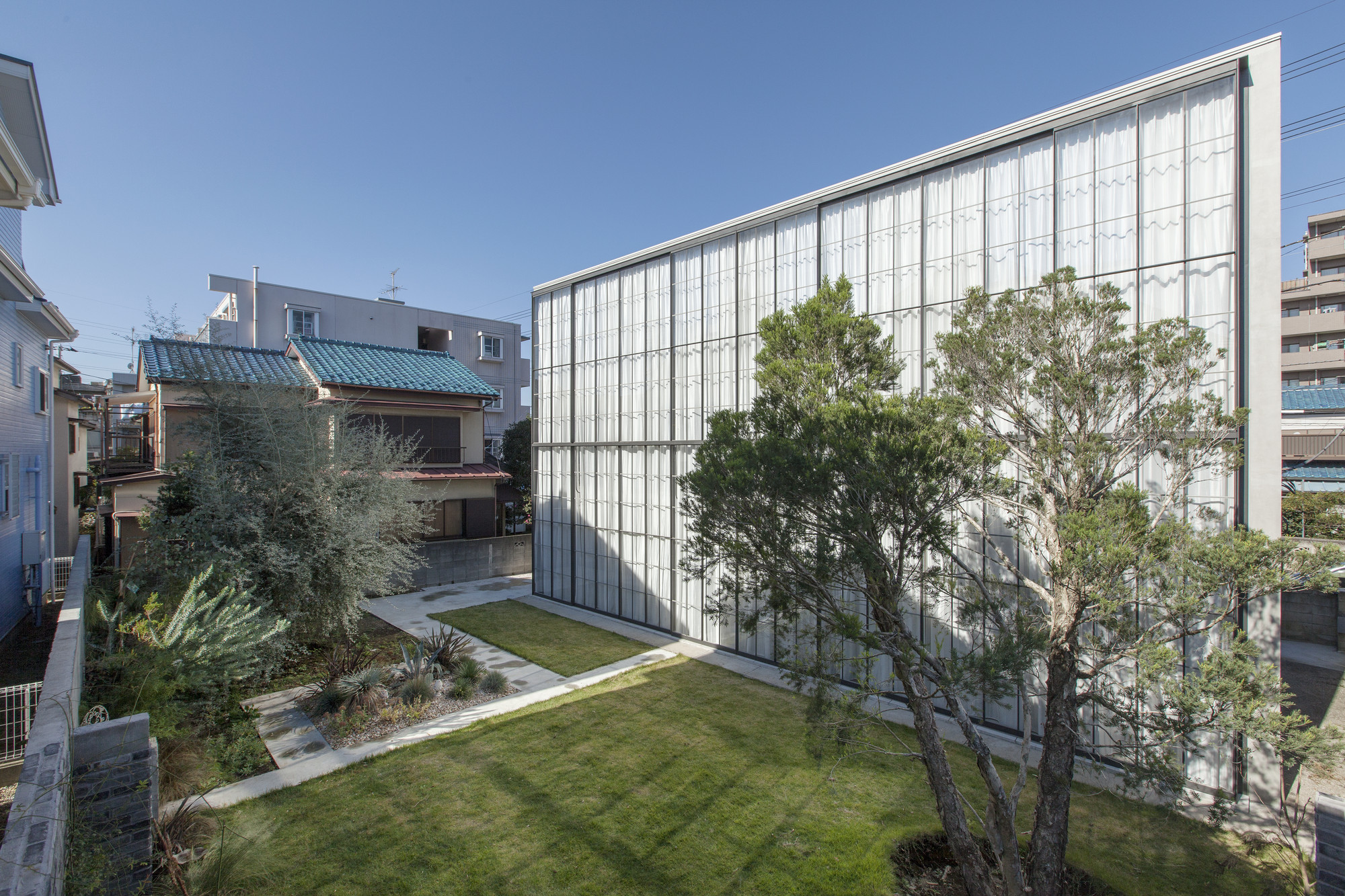
The Architectural Review has selected the winners of the 2014 AR Emerging Architecture Awards. Now in their 16th year, they are one of the most prestigious awards for young architects and emerging practices. Past winners have included Sou Fujimoto, Thomas Heatherwick, Sean Godsell, Jurgen Mayer H. and Li Xiaodong.
Given to completed projects, entries can include buildings, interiors, landscaping, refurbishment, urban projects, temporary installations, furniture and product designs. This year the jury was comprised of Catherine Slessor, Hilde Daem, Li Xiaodong, Steven Holl and Will Alsop.
Read on after the break for this year’s Emerging Architecture Award winners.
Winner: Boundary Window in Tokyo / Shingo Masuda + Katsuhisa Otsubo Architects

“This modest addition experiments with ideas of physical and perceptual transformation.”


Japanese architects Shingo Masuda and Katsuhisa Otsubo are perhaps the award’s youngest recipients to-date, having graduated from college in 2007 and then starting their own firm, according to the Architectural Review. With a declining birthrate, an ageing society and a stagnant economy, young architects in Japan are increasingly focused on renovation and interior design as opposed to building new houses. This was the case of the project undertaken by Masuda + Otsubo, who were asked to convert a two-story house in a residential suburb of Tokyo into a photographic studio.




Read more about Masuda + Otsubo's project in the Architectural Review here.
Runner Up: Long Museum West Band in Shanghai, China / Atelier Deshaus

"Shaped by the cultural currents of history and its physical remains, the industrial landscape of Suzhou Creek in Shanghai is now the site of a radical new art gallery."

The museum is located on a former coal dockyard adjacent to the waterfront, creating a juxtaposition between the huge modern building and the historic riverfront. “The architects are adamant that the design of their building is not defined by its physical urban surroundings, but their architectural product is unmistakably a remembrance of things past,” writes the Architectural Review.

Learn more about Atelier Deshaus’ “Long Museum,” in the Architectural Review here and in our project profile here.
Runner Up: Equestrian Project in Valle de Bravo, Mexico / CC Arquitectos/Manuel Cervantes Cespedes

“At the foot of a Mexican mountain, a shingle-clad barn and sunken stables elegantly accommodate domestic and equestrian pursuits.”

CC Arquitectos’ equestrian complex is located about two hours outside of Mexico City in Valle de Bravo. Built on a forested site, the Equestrian Centre has three main components: a horse-training ring and animal carrels and two parallel rows of horse stables. All three of the equestrian components are sunken into the ground so as not to obstruct the surrounding view.


Read more about the Equestrian Centre in the Architectural Review, here:
Runner Up: Lune de Sang Sheds in Queensland, Australia / CHROFI


"Two monumental sheds in the Australian bush attempt to encapsulate architectureʼs elusive sense of immortality."

CHROFI’s “Lune de Sang Sheds” project consists of two agricultural sheds for a client that sought to create a plantation to grow indigenous hardwoods. Yet as the hardwoods can take between 30 and 100 years to mature, the project has a very long-term scope, and the client requested that the sheds be designed to last for centuries, explains the Architectural Review. Because of this CHROFI selected concrete as the main material, complemented by glass, timber and stone.

Read more about CHROFI's "Lune de Sang" sheds on the Architectural Review here and in our project profiles here and here.





